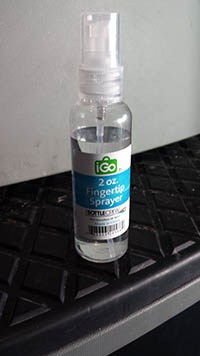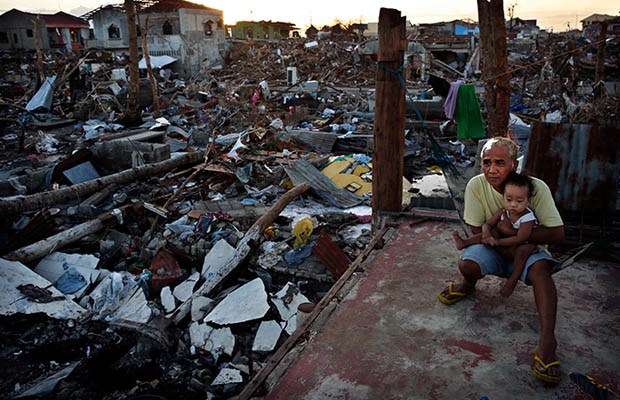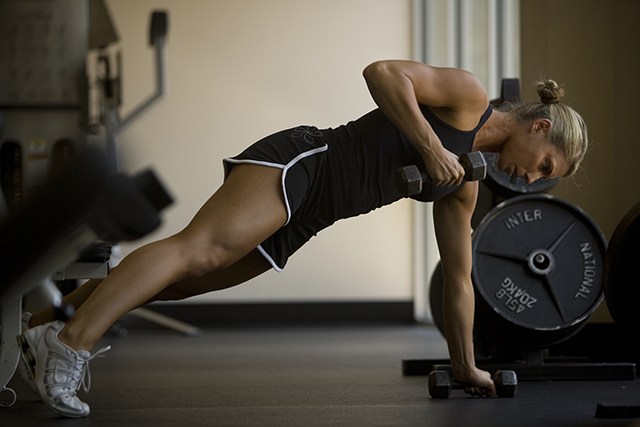SHTF Medical Alternatives You Can Use for Treatment
We know in a grid down situation that medical supplies will become a thing of the past. I worked as a delivery driver for two different major companies supplying hospitals and clinics with their supplies in Northern California. I can tell you for certain that there are no reserve medications in most hospital storerooms. Most hospitals operate on a just in time delivery system. They order it one day and get it in the next day. They may keep a small one day supply of some things on hand that they can use up that day and replace the next day. But they keep nothing on hand. To drive home the point: If most medical centers need a 9 volt battery to run a machine they order one 9 volt battery which is placed into a 55 gallon plastic bag, which is placed into a plastic tote which includes a packing slip with a bar code on it, and a bar code on the outside of the tote. When the hospital receives it they check the tote and pull the battery and send it directly to the machine that needs the new 9 volt battery.
Antibiotics
You can do some things now and some things later. I would advise that you get a supply of a general antibiotic such as Amoxicillin on hand now. You don’t need your doctor’s prescription to do it. Fish Amoxicillin comes from the same place as the stuff they give to humans. You can order on-line. Since most of the time I’ve been given Amoxicillin it’s a 500 MG dosage 3 times a day for 10 days. That means you need 30 pills. I have ordered on-line and purchased 100 pills for about 30 dollars. That would give me enough for 3 separate treatments and still have 10 pills left over for trade. In a true SHTF situation each tablet will be worth more than gold. I recommend you keep your bottle in the refrigerator. Keeping antibiotics cool helps extend their potency.
Food grade hydrogen peroxide
Food Grade Hydrogen Peroxide. This stuff is dirt cheap. You need the Food Grade which is a 35 percent solution and no additives or stabilizers in it which can hurt you. Food Grade is a 35 percent solution and is used in the agriculture industry to clean eggs among other things. I strongly recommend you obtain and read a book by Madison Cavanaugh called “The One Minute Cure.” It provides a lot of history for it and some ideas for its uses. Like anything else in life you must take some precautions in using it. First, at 35 percent it is considered to join the Hazmat family of flammables. 90 percent Hydrogen Peroxide is called rocket fuel. So don’t use it near open flames and remember it must be diluted a lot before you use it with the body. If you happen to spill some on your skin you need to immediately wash it off. Prolonged exposure can cause permanent nerve damage. There are several books on how to use it. Please get one and understand it fully and how to safely use and store it.
I was introduced to Food Grade Hydrogen Peroxide when joking with another truck driver who was performing a pre-trip inspection on his truck. I got so excited about what I heard I ordered a gallon of the stuff and had it at home waiting for me to try. Actually I quickly discovered that when I read the book, which I received at the same time I got my Hydrogen Peroxide, I had purchased enough for a lifetime, or two. There are numerous ways that Hydrogen Peroxide is useful. I’m going to include a way to use it that I’ve not seen anywhere in print. In several books I have seen mention that it was used to fight the Pandemic of 1918. But no one said how.
I have had severe Asthma for as long as I can remember and I’ve been on one or more asthma drugs 24/7 since I was age 3 just to breath. I wondered how to I could safely get some diluted Food Grade Hydrogen Peroxide into my lungs and see if it would help control my asthma.

A bottle like this makes a good delivery mechanism for the Hydrogen Peroxide.
I purchased a 2 ounce empty spray bottle in the travel section at Walmart for 99 cents. All of my readings told me I needed to dilute it down to something near a 3 percent solution. I’m an over-the-road truck driver and figured I needed a way to measure. Doing the improvised method, I took my thumb and held it against the bottom of the 2 ounce spray bottle and then kept applying it going up the side of the bottle. I estimated that my thumb represented about 1/11 of the bottle. I figured that was close enough. I held my thumb against the bottom of the bottle and filled the bottle up to the line of the top of my thumb. Then I filled the remainder of the bottle with purified water (I used reverse osmosis—most books recommend you use distilled.) I then took the spray bottle and squirted the watery mist into my mouth a couple of times while I inhaled through my mouth like you do with asthma inhalers.
Read More: Medicine to stock up on for when there is no doctor
I was currently using Symbicort and Ventolin. Both of these drugs, like all Asthma drugs have side effects including raising your blood pressure. My next challenge was to guess how much I would need to try to make a difference and get me off my prescription medications. I decided to start with three inhalations three times a day. I did that for a day and then I stopped taking my Symbicort. Ventolin is used for emergency breathing situations only. I had been using my Ventolin three to four times a week.
I was fine for the rest of the day without needing any Ventolin. For the next week I kept taking my hydrogen peroxide spray. I had no Asthma problems. I did not need my Ventolin once! I could actually feel my lungs changing. Up until now I have always had congestion, felt moisture, on the insides of my lungs. That all went away within a week. I had no wheezing or other noise coming from my lungs. I have since dropped the dosage to one to two puffs once a day when I remember. Yes, I can sometimes go a day or two now without any. If I’m near my trigger situations such as severe cold or smoke then I take more.

The Survival Medicine is an excellent resource every prepper should have in their library. When you can’t seek professional medical attention you will be on your own.
Since March 9th, 2012 I have only used Ventolin twice. Once when I had been near forest fires where I had been breathing the smoke for days. I finally started clogging up and needed a burst of Ventolin to give some relief. The other was in Idaho last summer when I took some time off and went camping with friends. We were near a lot of forest fires and again I used a puff of Ventolin. I needed the extra clearance with all of the physical activity I was doing at the time and wanting to keep up with friends.
I have a cousin with COPD from smoking for years. She was on Ventolin and her doctor was experimenting with other inhalers to improve the oxygen level in her blood. I told her about this and sent her one I had set up for myself to help get her started. I saw her a couple months later and she was extremely happy. The oxygen in her blood has gone up a full point since she has started using it and she has stopped all the other inhalers. Her doctor is happy with her lung capacity now.
There is another way you can use the stuff and that is by adding it to your drinking water. Think a drop to a few drops to a bottle of purified water. If it starts tasting like bleach, dilute it immediately.
I mention this because most end of the world as we know it books all believe that at some point we will also get some kind of respiratory pandemic. I believe that this stuff can help the body greatly strengthen the immune system. Most of the bacteria that makes us sick does not do well in a highly oxygenated body.
It’s also a way to increase the levels of oxygen in your body without spending a fortune. I would keep some on hand with a few spray bottles just in case. Please keep it in a low temperature stable environment. Like most other things heat breaks it down. Again, you may be able to find some in places that sell stuff for agriculture. But right now you can get it on-line pretty cheap.
Charcoal
Most of us are familiar with alternative treatments for a wound such as honey or tree sap and using super glue to help close a wound. I’ve not read anything in any of the prepping books about plain old charcoal.
It’s an old camping trick. I’ve had buddies who have been out on long hikes in the mountains and made the mistake of eating something that probably just went bad. They end up sicker than a dog. They collected the charcoal from their fire, crushed it down as much as they could and dumped it into a glass of water and drank as much as they could. Charcoal is an amazing substance. It will absorb a lot of bad things in the stomach. It’s not a cure-all, or a stomach pump. But most people who overdose and get taken to a hospital to get their stomach pumped are then often given some solution with charcoal either pumped into their stomach if they are unconscious or given to drink if they are awake (I was told this by a friend who worked in an ER in Silicon Valley many years ago). If you ever eat something and things start going south get as much charcoal into you as you can (and of course if medical treatment is available get to the ER as well).
I personally keep a bottle of charcoal capsules in my bug out bag and several other places. It’s cheap, light, and easy to carry.
We know in a grid down situation that medical supplies will become a thing of the past. I worked as a delivery driver for two different major companies supplying hospitals





